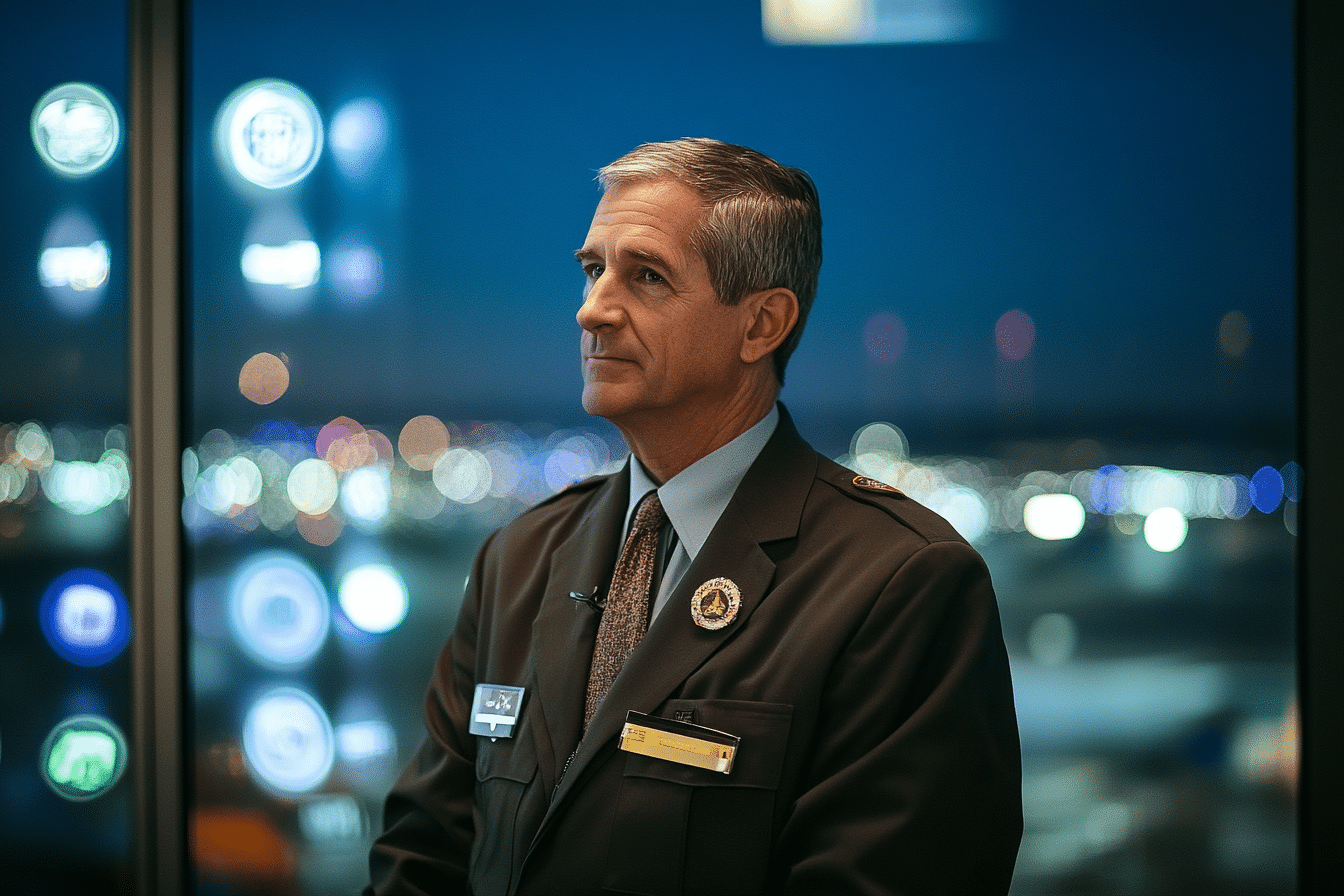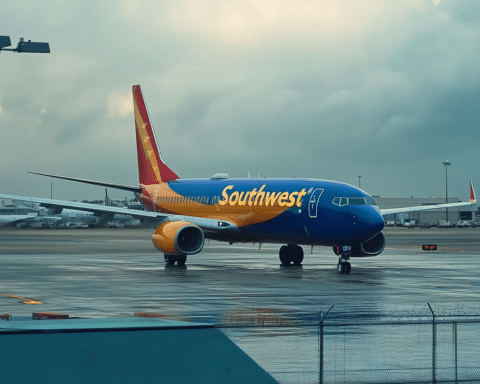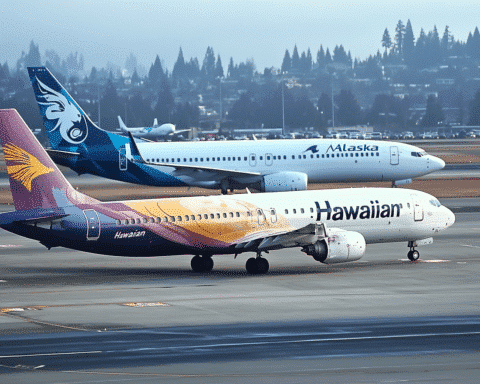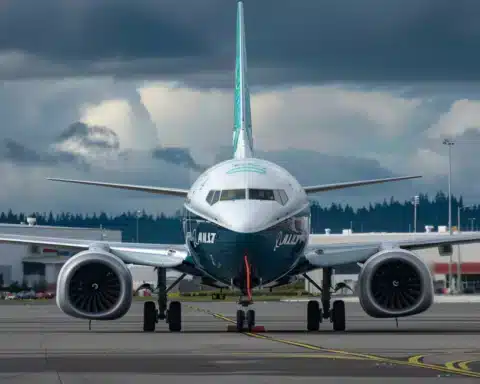The Federal Aviation Administration (FAA) is again facing a leadership transition as Michael Whitaker, the current head of the agency, announced his departure effective January 20. Whitaker, who has been in the role for just over a year, leaves amid ongoing challenges in the aviation and aerospace industries, raising questions about the FAA’s future direction under the incoming Trump administration.
Whitaker’s Impactful Tenure at the FAA
Critical reforms and heightened oversight have marked Michael Whitaker’s time at the FAA. After taking office last October for a five-year term, Whitaker quickly imposed stricter regulations on Boeing following a near-catastrophic incident involving a Boeing 737 Max in January. “You have seen leadership come and go – and through every transition you have kept air travel steady and safe. This transition will be no different,” Whitaker said in his statement, reflecting on the resilience of the FAA’s workforce during leadership changes.
Whitaker’s departure follows a period of turbulence in the U.S. aviation industry, which has dealt with two fatal Boeing 737 Max crashes, the COVID-19 pandemic, and a series of high-profile safety concerns involving airlines and airports. His exit will again leave the agency without a confirmed leader, adding uncertainty to its future.
Mark House Steps In as Interim Leader
Mark House, the assistant administrator for finance and management, will serve as acting deputy administrator following Whitaker’s departure. House’s temporary leadership comes as the FAA faces mounting pressure to address safety concerns, air traffic controller shortages, and the modernization of air traffic control systems.
This leadership change also complicates the Trump administration’s transition plans. Trump’s previous FAA administrator nominee, former Delta captain Steve Dickson, resigned in 2022 before completing his term. The upcoming nominee must tackle longstanding industry issues while navigating political scrutiny.
Challenges Awaiting Trump’s Nominee
President-elect Donald Trump has yet to announce his nominee to lead the FAA. The chosen candidate will inherit significant challenges, including ongoing oversight of Boeing, staffing up critical air traffic control positions, and ensuring the efficiency of U.S. airports. Airline executives have repeatedly pointed to air traffic controller shortages as a major factor contributing to congestion at key airports.
In addition to aviation, the FAA’s oversight of the burgeoning space industry remains controversial. SpaceX CEO Elon Musk has accused the agency of “regulatory overreach,” citing delays in the Starship rocket test flights and penalties imposed for license violations. Meanwhile, Jeff Bezos’ Blue Origin and other space companies have echoed calls for faster and more efficient regulatory processes.
The Road Ahead for the FAA
Strong and stable leadership will be crucial as the FAA navigates complex challenges across the aviation and aerospace sectors. Whitaker’s tenure has laid the groundwork for heightened oversight and reform, but the incoming Trump administration must act quickly to ensure continuity and address pressing issues.
In this transitional period, the FAA remains tasked with balancing safety, innovation, and efficiency in one of the United States’s most vital industries.





